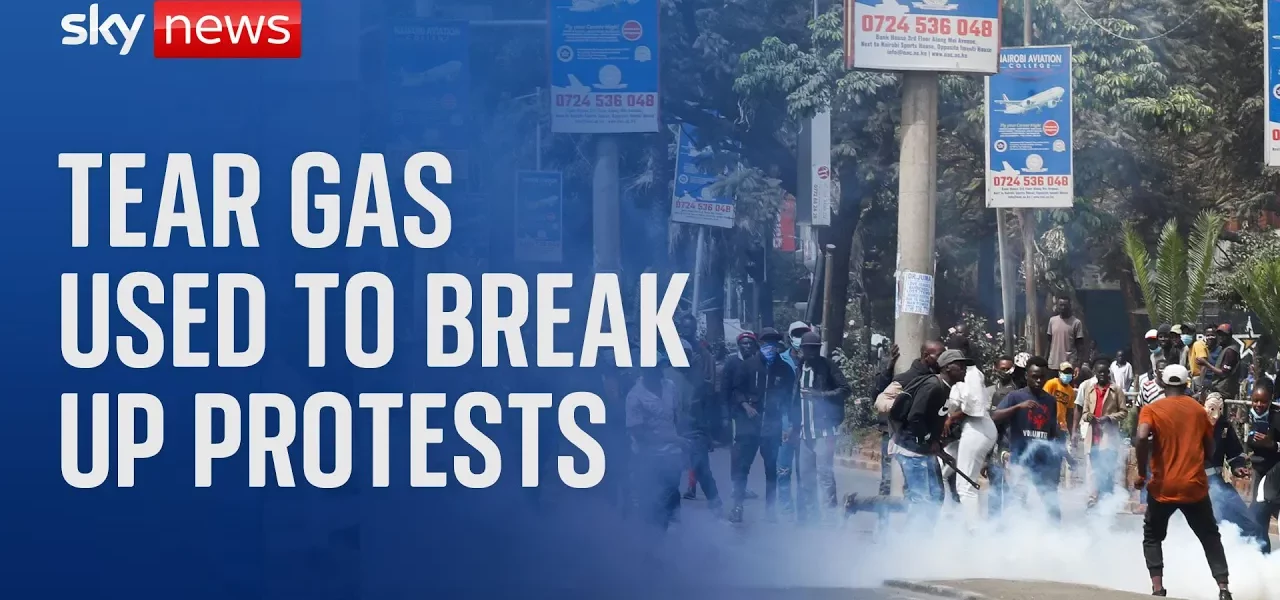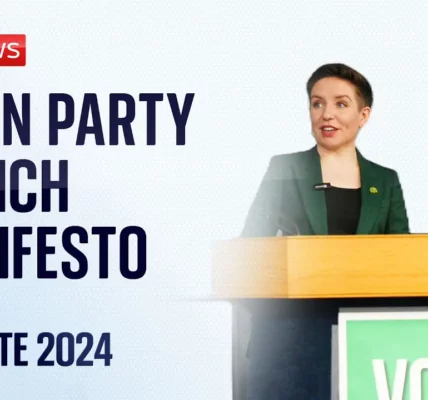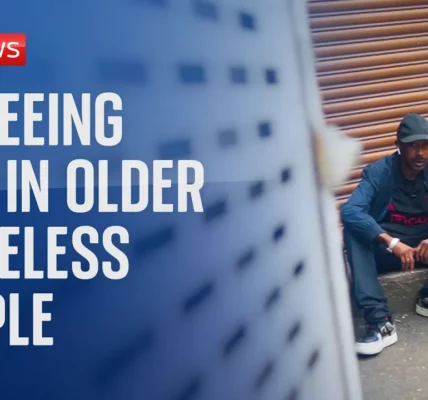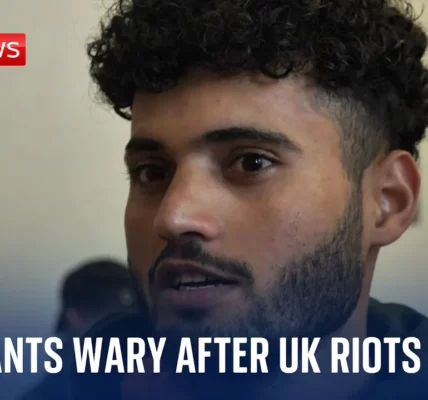Protests Erupt in Nairobi Against President William Ruto

The streets of Nairobi are alive with fervent protests against President William Ruto’s administration, as citizens rally for accountability and reform amidst rising discontent and police crackdowns. This article delves into the ongoing unrest, exploring the motivations behind the protests and the government’s response.
Introduction
The political landscape in Kenya has been tumultuous, particularly in the capital city of Nairobi, where citizens are expressing their frustration towards President William Ruto’s leadership. Following a series of unfulfilled promises made during his election campaign in 2022, activists have taken to the streets in significant numbers. They are demanding change and accountability, with clashes between protesters and police escalating dramatically in recent days. The use of tear gas and other crowd control measures by law enforcement has only intensified the resolve of the demonstrators.
Background of the Protests
The protests in Nairobi are fueled by a combination of economic dissatisfaction, unfulfilled political promises, and a growing sense of disenfranchisement among the youth. President Ruto, who campaigned on a platform of change and reform, has faced criticism for failing to deliver on key issues.
Unfulfilled Promises
Voters, particularly the younger generation, feel betrayed by Ruto’s administration. Key campaign promises included:
- Job creation initiatives
- Reducing unemployment rates
- Tackling corruption within government
Despite these assurances, many young people report persistent unemployment and a lack of opportunities. This has led to a feeling of betrayal, with protesters chanting phrases like “Ruto must go!” and labeling him a liar for not fulfilling his commitments.
The Nature of the Protests
The protests are characterized by their leaderless structure, indicating a shift in how political activism is organized. The youth have taken it upon themselves to voice their grievances without aligning with traditional political parties.
Leaderless Movement
Many protesters claim they are part of a new generation of activism that rejects political party affiliations. This movement has been described as:
- Grassroots and organic
- Focused on real issues affecting daily life
- A refusal to be co-opted by established political agendas
This leaderless approach has made it challenging for authorities to negotiate or engage effectively, as there are no identifiable leaders to target or persuade.
Escalating Clashes with Police
Confrontations between protesters and police have become increasingly violent, with reports of the following:
- Use of tear gas and rubber bullets by police.
- Arrests of individuals based solely on their appearance or presence in protest areas.
- Injuries and fatalities reported, with human rights organizations noting at least 39 deaths and over 300 injuries.
Despite these aggressive tactics, protesters remain undeterred, continuing to demonstrate their frustrations and calling for reform.
Government Response
In response to the protests, President Ruto’s administration has attempted to quell dissent through various means, including:
Security Measures
Law enforcement agencies have been instructed to maintain order through:
- Deployment of riot police in protest areas
- Use of non-lethal crowd dispersal methods like tear gas
- Arrests based on perceived threats to public order
However, these measures seem to have backfired, as protesters continue to push back against police brutality and demand accountability from their leaders.
Political Accountability
President Ruto has faced criticism for his lack of accountability. During interviews, he has shown little remorse for the violence and loss of life, further alienating the protesting youth. The Kenyan Human Rights Commission has condemned the government’s heavy-handed approach, calling for immediate reforms to address the underlying issues.
The Future of the Protests
The situation in Nairobi remains fluid. As protests continue, the possibility for dialogue between the government and the youth appears slim. Activists have indicated plans to escalate their actions, including:
- Marching towards significant government buildings
- Organizing further protests in the coming weeks
- Utilizing social media to spread awareness and solidarity
The resilience of the protesters suggests that this movement may not dissipate easily, as they demand not only accountability but also real change in governance and policy.
Conclusion
The protests in Nairobi are a clear indication of the growing discontent with President William Ruto’s administration. The youth’s demands for change, transparency, and accountability resonate deeply within the fabric of Kenyan society. As clashes continue and frustrations mount, it is evident that the path forward will require meaningful engagement from the government to address the valid concerns of its citizens. The future of Kenya depends on the ability of its leaders to listen and respond to the cries for reform. We encourage readers to stay informed and engaged with ongoing developments in this critical situation.
For more insights on political movements in Africa, visit our Political Movements in Africa page.
“`




